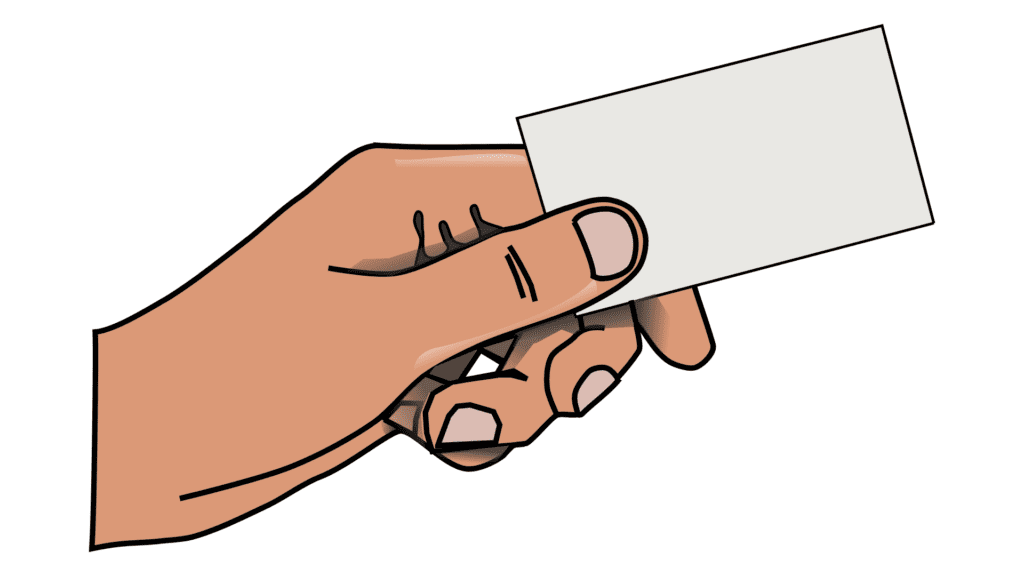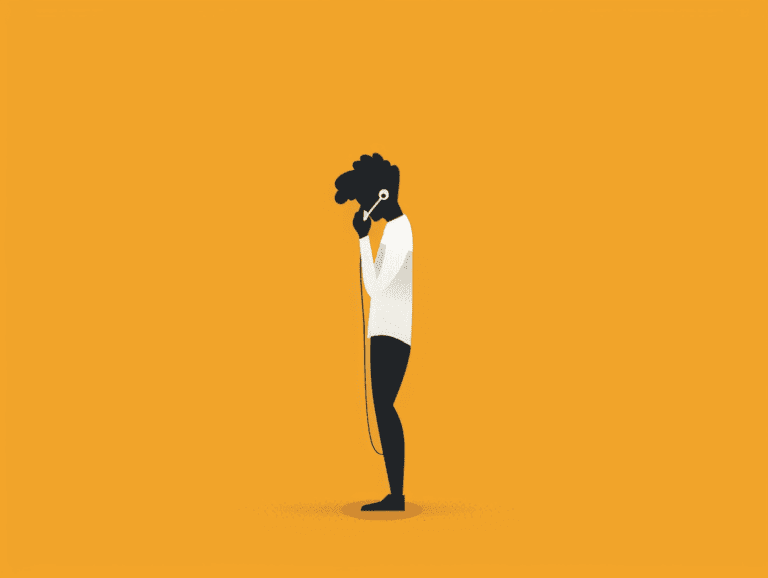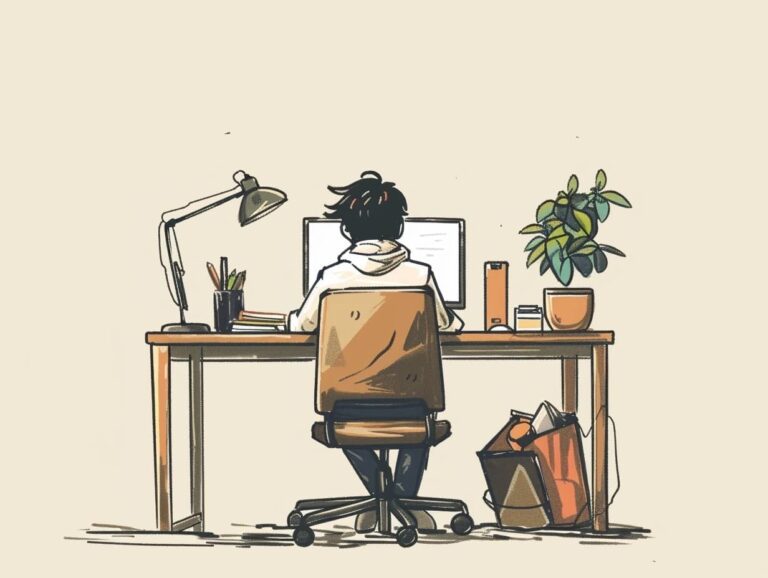Are Business Cards Outdated? I Don’t Think So

Business cards, tiny as they are, carry a weight most people don’t notice. I’m convinced they’re one of the simplest ways to connect with others. A quick handover, and boom – you’ve shared all your key info.
Some argue that simple business cards have no place in today’s tech-driven world. This couldn’t be further from the truth, though. They’re still valuable, bridging personal interaction and professional branding in ways digital contact alone often can’t. Let me break it down for you.
A Strong First Impression Never Hurts
First meetings can make or break deals. Catching someone’s attention early is critical. With a well-thought-out business card, you’ve already started on the right foot.
Picture this: You’re at an industry event, chatting with someone from a company you want to collaborate with. Instead of leaving them with your X handle or a hastily typed email, you hand over a sleek card with all your info. It sticks in their mind longer. In addition, it’s way harder to misplace than a spoken detail.
Would they remember you without it? Maybe. But the card’s tangibility makes your introduction more solid.
Brand Identity in the Palm of Their Hand
A business card doesn’t just share contact details; it reflects who you are and what your business stands for.
Creative shapes, bold business cards with your logo, and even unusual textures can tell your story before you say a word. I’ve seen a realtor hand out cards shaped like keys. People keep them, not because they need a house that moment but because the card’s clever. Down the road, they might need a realtor and remember who gave them that little key.
Even if they don’t reach out immediately, they’ll likely hold on to something unique. That’s branding in action, and it works.
Referrals Happen More Easily with Cards
Here’s where business cards quietly shine: referrals.
A client you helped last week? They’re probably passing your card to someone else soon. It’s way simpler than saying, “Oh, just look up their number.” The physical card makes it easy for people to share your info.
For instance, if you’re in landscaping, your card might find its way from one homeowner to their neighbor who’s thinking about sprucing up their yard. That’s free marketing without lifting a finger.
Affordable Advertising
Marketing budgets can stretch thin, right? But printing business cards doesn’t break the bank. A few bucks can get you hundreds of mini billboards in your pocket.
Sure, paper quality affects the price, but even high-end cards are pretty reasonable. For what they bring to the table—connections, impressions, branding—it’s money well spent.
And as much as we all want to think that advertising doesn’t work (especially not on us), there’s a reason companies keep doing it and politicians spend millions each election cycle.
Signals of Seriousness
Business cards aren’t just pieces of paper; they say something about you. Handing one over shows you’re prepared and professional.
Compare that to rattling off your phone number or an email address. It’s not the same. A card says, “I’m serious about what I do, and I want you to remember me.”
What Makes a Business Card Work?
Not every card is effective, though. It’s not enough to slap on a name and phone number. A little planning goes a long way.
1. A Clear Company Name
Your business name needs to stand out. Make it legible. Make it large. Nobody should squint to read it.
2. A Logo That Represents You
Your logo is more than just a picture; it’s your brand’s face. Put it front and center, but don’t crowd the card. Clarity beats clutter every time.
3. Your Name and Title
It’s surprising how many people forget this. If I meet you and later see your card, I need to know who gave it to me. A name, plus what you do, solves that instantly.
4. Contact Info That’s Easy to Find
What’s the point of a business card if people can’t reach you? Email, phone number, and maybe social handles—include them. If space is tight, pick the essentials.
5. A Memorable Tagline
A few words describing your service can work wonders. Think “Affordable Home Renovations” or “Custom Web Design.” It helps people instantly understand what you offer.
6. A Physical or Online Address
If you’ve got an office, list it. If not, a website works just fine. And please, make the card design match your website. Consistency matters.
7. QR Codes Are Handy
Here’s something new-ish: QR codes. They’re compact but packed with info. Scanning one can lead someone to your site, a booking page, or even a portfolio.
8. A Simple Call to Action
A little nudge never hurts. Add something like “Call Us Today” or “Book Your Free Consultation.” People respond better when they know what to do next.
The Verdict
Business cards aren’t outdated—they’re evolving. As digital as the world is, some things still thrive offline. They’re tangible, affordable, and make lasting impressions.
So, next time someone tells you they’re old-fashioned, hand them one of your cards. Watch how quickly they reconsider.






